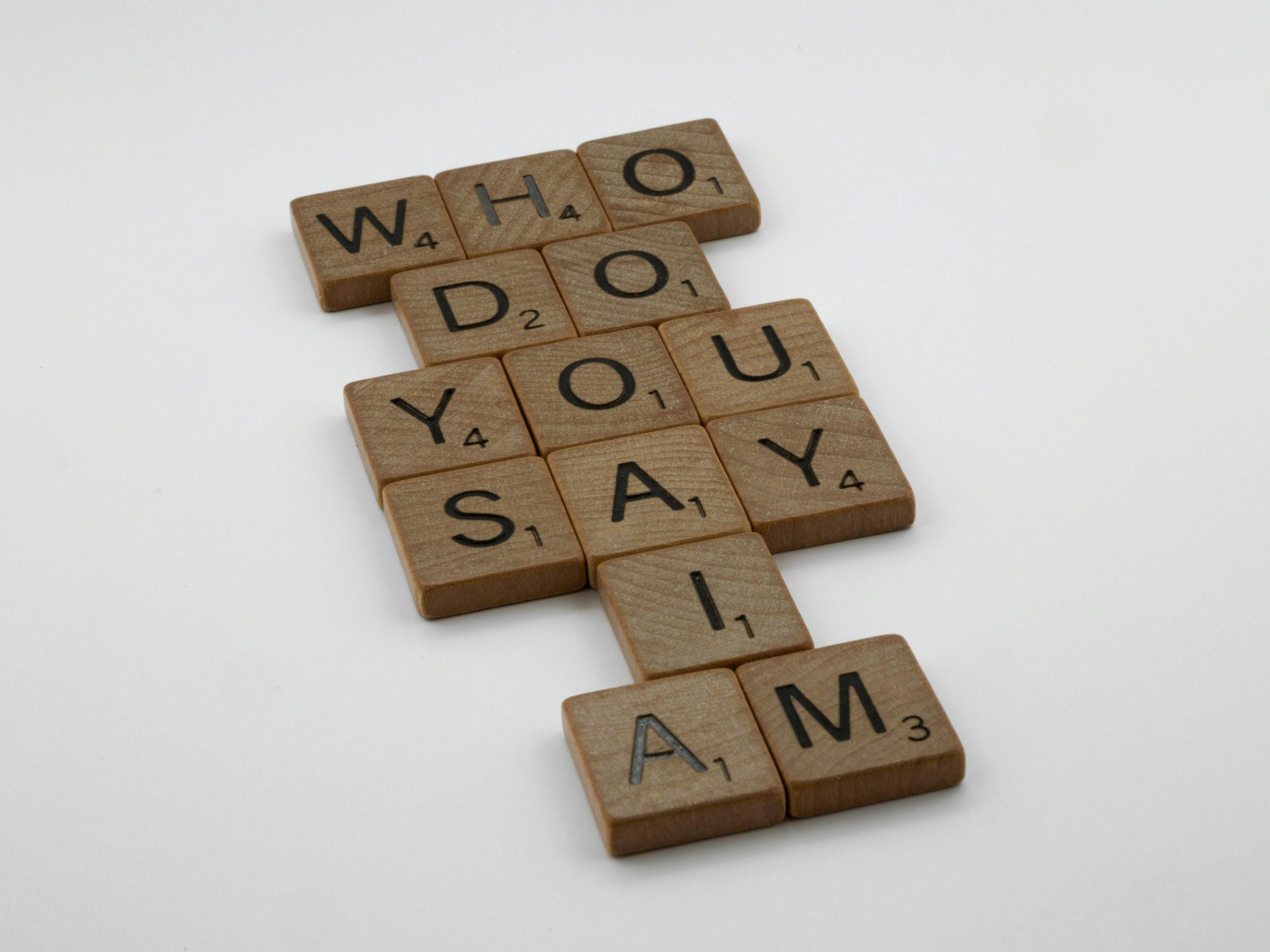The Uncharted Depths of Carl Jung’s Mind: A Journey Through the “Red Book”
In the early 20th century, renowned Swiss psychiatrist Carl Jung embarked on an extraordinary exploration of his own psyche that would set the stage for profound psychological insights. In 1913, following a split from his mentor Sigmund Freud, Jung plunged into a deep and self-induced state of psychosis that would last for six years. Rather than shying away from what he feared might lead him to madness, Jung chose to confront the mysteries lurking within his unconscious.
During this intense period, Jung engaged with vivid and often harrowing visions. Imagine witnessing catastrophic floods ravaging Europe, rivers overflowing with blood, and scenarios echoing the end of the world. These experiences were not mere figments of his imagination; they were profoundly visceral encounters that compelled Jung to seek understanding rather than suppression.
To navigate his tumultuous subconscious, Jung developed a technique he called “active imagination.” By actively engaging with his visions, he fostered dialogue between his conscious self and the figures that emerged from his mind. Night after night, he meticulously recorded these experiences, filling black journals with insights and conversations. These early writings would later be known as the “Black Books.”
But Jung’s exploration did not conclude with these initial records. His journey culminated in the creation of the striking “Red Book,” or “Liber Novus,” a beautifully illustrated manuscript that combined profound text with elaborate calligraphy and detailed paintings. The “Red Book” serves as a deeply personal account of Jung’s internal battles and discoveries, portraying the complexity of his inner world.
One of the first illustrations he created was the Mandala, an intricate symbol representing wholeness and the self. For Jung, this geometric form encapsulated the psyche’s journey toward individuation, with each layer of the mandala representing different aspects of the unconscious mind.
However, the Mandala was just the tip of the iceberg. Jung introduced a key figure during his explorations: Philemon. Not simply a character in his visions, Philemon embodied wisdom and became Jung’s guide through the mysteries of his unconscious. This figure provided insights that transcended Jung’s conscious comprehension, challenging him to look deeper into his psyche.
Jung also vividly encountered the Serpent, a symbol rich with meaning that embodied transformation and the duality of good and evil. The Serpent’s presence intertwined with Jung’s visions, prompting essential questions about morality and the nature of existence.
Another powerful



